Understanding the unique Husky skull shape is important for properly fitting their headgear and ensuring their comfort.
| Muzzle Length | Medium, approximately 1/2 the length of the skull |
| Skull Proportion | Slightly longer than wide |
| Stop (Forehead) | Well-defined |
| Cheekbones | Well-fleshed |
| Skull Shape | Domed with a moderate width |
| Nose Shape | Medium size, black in color except in red dogs where it may be liver |
| Teeth | Scissor bite preferred, with 42 healthy teeth |
| Ears | Triangular and medium in size, set high on the head |
| Eyes | Almond-shaped, can be brown, blue, or heterochromatic |
| Skull Width at Temporals | Around 5.5 inches (14 cm) |
Husky skull shape
The anatomical features of a Husky’s skull play a crucial role in understanding the breed’s unique characteristics. The width of a Husky’s skull is broader compared to other breeds, providing ample space for the development of strong jaw muscles.
The cranial dome, forming the top part of the skull, showcases a distinctive shape, contributing to the breed’s exceptional sensory abilities. Additionally, the muzzle of a Husky is notably well-proportioned, allowing for efficient airflow and supporting the breed’s natural inclination for endurance activities.
All these elements come together to define the distinct Husky skull shape, which is essential knowledge for optimal care and understanding of this remarkable breed..
While the anatomical intricacies of a Husky's skull reveal much about this breed's capabilities and heritage, their striking appearance is also noteworthy. To explore the captivating allure of one of the most sought-after Husky variations, delve into the details of the Pure Black Husky with Blue Eyes and discover how you can welcome this unique companion into your life.
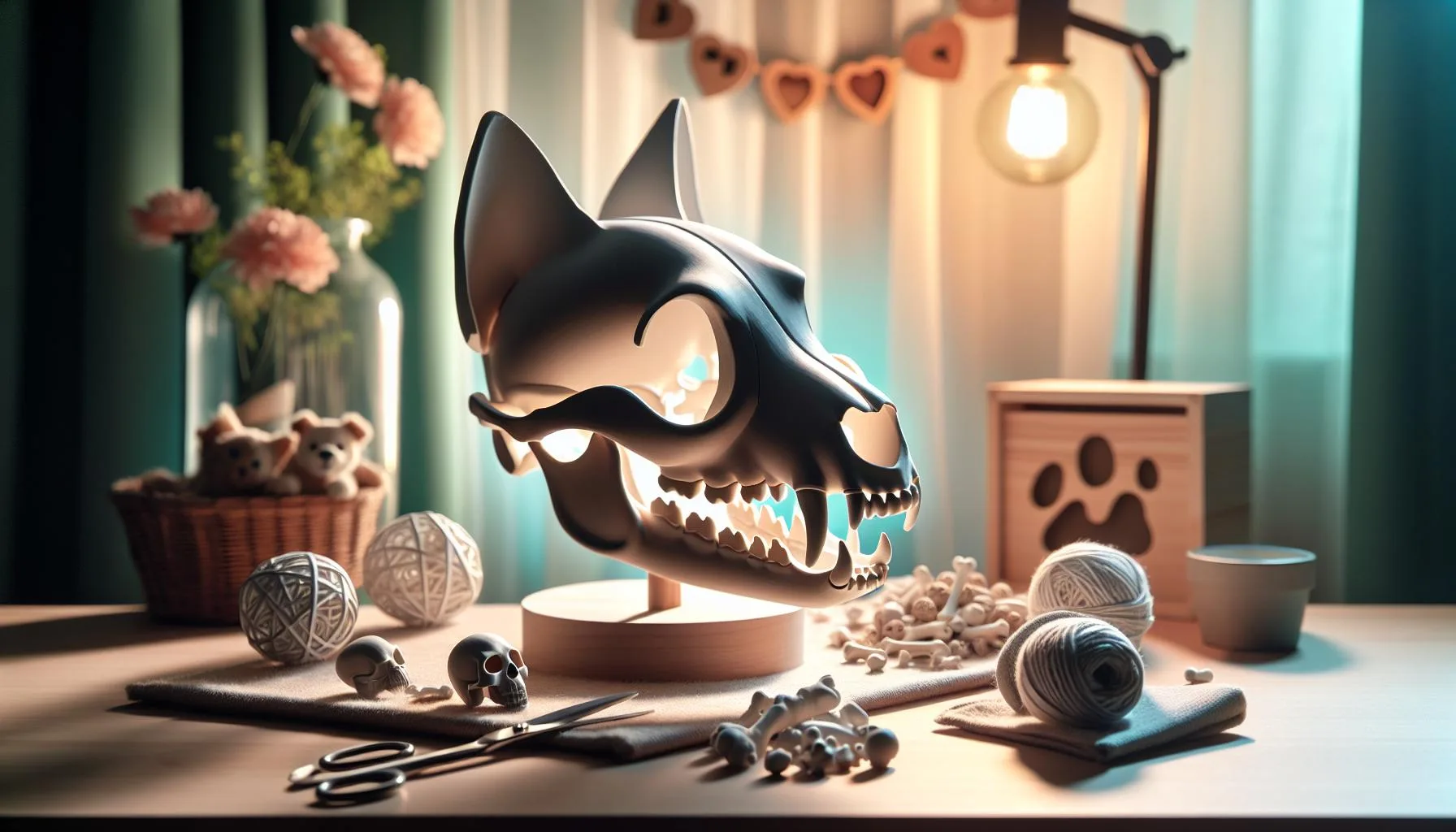
Common Headgear for Huskies
Husky skull shape
Huskies require specialized headgear that accommodates their unique skull shape to ensure comfort and safety. Collars, harnesses, and headcollars are the primary types of headgear suitable for Huskies.
Collars are commonly used for identification and can be customized based on the width and structure of the Husky skull. Harnesses are ideal for Huskies due to their pulling strength and can be tailored to fit the width and shape of the Husky’s skull and neck.
Headcollars, such as gentle leaders, can be beneficial in training and managing a Husky’s natural inclination to pull, keeping in mind their skull structure to avoid discomfort or injury. Each type of headgear serves a specific purpose in the overall well-being and behavior training of Huskies, making it crucial to select the right gear that considers the Husky skull shape for their safety and comfort..
Explore more about the unique blend of energy and temperament that the Husky Lab Mix has to offer and learn about the special considerations this hybrid may have for headgear choices. Dive into our comprehensive article, "Husky Lab Mix: Discover Your New Best Furry Friend Today!" to understand this crossbreed's needs and characteristics.
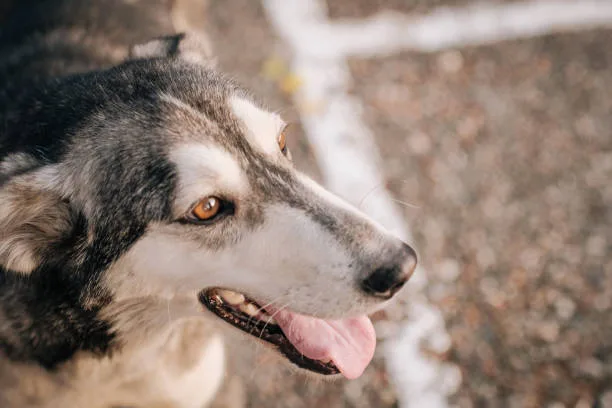
Fitting Collars According to Skull Structure
Properly fitting a collar for a Husky is crucial to ensure their comfort and prevent potential escape. When it comes to fitting collars, it’s essential to consider the unique skull shape of a Husky.
The width and dome of the skull, as well as the shape of the muzzle, play a significant role in determining the right collar size. When selecting a collar, opt for a design that allows for a snug, yet comfortable fit around the neck without being too tight or too loose.
This is particularly important for Huskies, as their propensity to escape may increase if the collar is improperly fit. Additionally, choosing a collar with adjustable features can ensure a customized fit that accommodates the Husky’s skull shape as they grow.
As a Husky’s skull shape can vary from one individual to another, regularly checking and readjusting the collar for a proper fit is essential to prevent discomfort or escape. By understanding and considering the Husky’s skull structure when fitting collars, you can help ensure your pet’s safety and well-being.
Properly fitting a collar for a Husky is crucial to ensure their comfort and prevent potential escape. When it comes to fitting collars, it’s essential to consider the unique skull shape of a Husky.
The width and dome of the skull, as well as the shape of the muzzle, play a significant role in determining the right collar size.
When selecting a collar, opt for a design that allows for a snug, yet comfortable fit around the neck without being too tight or too loose. This is particularly important for Huskies, as their propensity to escape may increase if the collar is improperly fit.
Additionally, choosing a collar with adjustable features can ensure a customized fit that accommodates the Husky’s skull shape as they grow.
Husky skull shape
As a Husky’s skull shape can vary from one individual to another, regularly checking and readjusting the collar for a proper fit is essential to prevent discomfort or escape. By understanding and considering the Husky’s skull structure when fitting collars, you can help ensure your pet’s safety and well-being.
Once your husky is comfortably suited up with the right collar, you may wonder about their capabilities beyond fashion and fit. Discover their potential as guardians in our detailed exploration, "Uncovering the Watchdog Abilities of Huskies."

Choosing the Right Harness
Choosing the right harness for your Husky is crucial in ensuring their comfort and safety during walks and outdoor activities. When it comes to selecting a harness, it’s essential to consider the width and shape of the Husky’s skull and neck to prevent any discomfort or restriction of movement.
A harness that is too narrow or tight can cause unnecessary pressure on the skull and neck, leading to potential discomfort and even injury for your Husky. Opt for a harness that provides ample room for your Husky’s broad skull and neck, allowing for natural movement without any constrictions.
Look for adjustable harnesses that can be customized to fit the specific dimensions of your Husky’s skull and neck, ensuring a secure yet comfortable fit. Additionally, seek out harnesses specifically designed for breeds with broader skull shapes, as they are more likely to provide the right level of support and comfort for your Husky.
By choosing a harness that accommodates the width and shape of your Husky’s skull and neck, you can ensure that your furry friend can enjoy their activities while staying comfortable and safe..
To ensure your harness choice complements the distinctive contours of a Husky's cranial and cervical architecture, a deeper understanding of their unique anatomical traits is essential. Delve into the specifics of Husky skull and neck characteristics by reading our detailed exploration at Unveiling the Anatomical Wonders of Huskies.
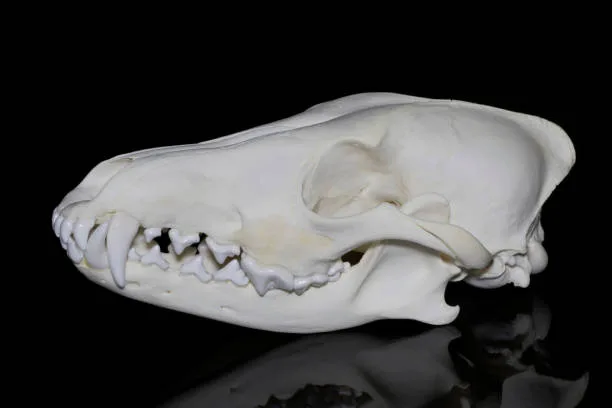
Health Issues Related to Incorrect Headgear
Improperly fitted headgear can lead to various health issues for Huskies due to the unique characteristics of their skull shape. Skin irritation is a common problem when the headgear is too tight or chafes against the skin, leading to discomfort and potential skin damage.
Choking is another concern, especially if the collar or harness is too constricting around the neck, obstructing normal breathing and causing distress. Additionally, ill-fitting headgear can contribute to increased anxiety in Huskies, as they may feel restricted or uncomfortable, affecting their overall well-being and behavior.
Therefore, it’s crucial to prioritize the proper fitting of headgear to avoid these health problems and ensure the Husky’s comfort and safety. Husky skull shape plays a significant role in determining the appropriate headgear fit, and understanding these considerations is essential for responsible pet care..
To ensure your furry friend remains comfortable and safe, it's essential to complement properly fitted headgear with regular grooming practices. Discover the optimal grooming frequency for Huskies and learn how to maintain their well-being in our detailed guide, Unveiling the Grooming Needs of Huskies.
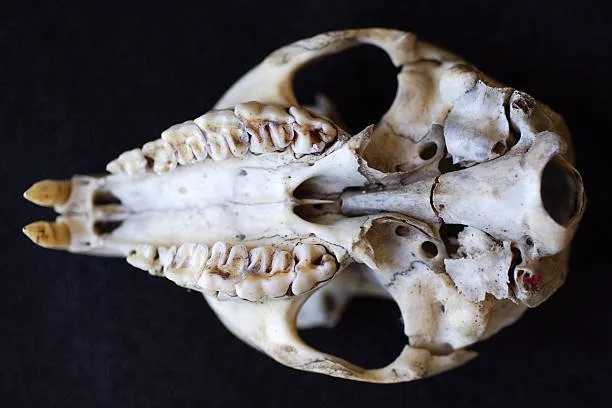
The Role of Skull Shape in Behavior Training
The unique skull shape of a Husky plays a significant role in behavior training, particularly when utilizing headgear such as headcollars. The Husky’s skull features, particularly the muzzle shape and cranial dome, can impact how headgear fits and influences the dog’s behavior during training sessions.
The skull structure can affect the effectiveness of headcollars and other training tools, as well as the comfort level for the Husky. Understanding the skull shape is crucial for trainers to select appropriate headgear that aligns with the Husky’s anatomy, promoting better training outcomes and overall comfort for the dog.
Properly fitted headgear that accommodates the Husky’s skull shape can enhance the training experience, minimizing potential discomfort and maximizing the training effectiveness. Additionally, recognizing the influence of skull shape on behavior training underscores the importance of individualized training approaches that consider the breed-specific characteristics of the Husky, ultimately leading to a more successful training process and a positive experience for both the dog and the trainer..
To explore more on the captivating attributes and care strategies for this distinctive breed, delve into our comprehensive article on the Long-Haired Agouti Husky. Uncover the secrets of their unique charm and how it can influence your training approach.
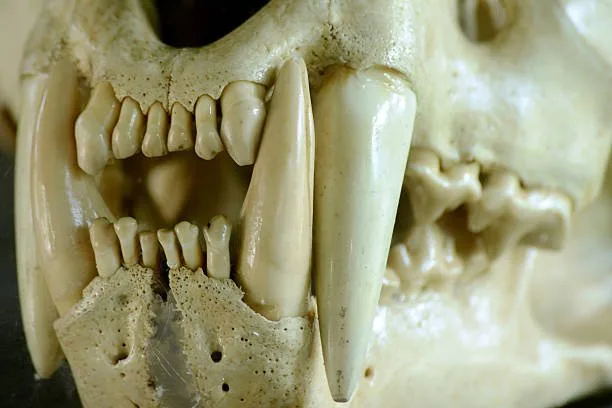
Dental Care Tailored to the Husky Skull
When it comes to dental care for Huskies, it’s essential to understand the unique characteristics of the Husky skull shape. Due to the specific skull dimensions and muzzle shape of a Husky, their dental alignment may require special attention.
The Husky skull shape influences the positioning of their teeth, which can impact their dental health if not properly managed.
American Kennel Club: Husky skull shape
One important tip for Husky dental care is to use toothbrushes and dental products specifically designed for breeds with longer muzzles and narrower jaws.
These products can help reach the back teeth more effectively, catering to the Husky’s skull structure. Additionally, regular dental check-ups with a veterinarian familiar with Husky skull shape can help identify any dental issues early on and address them appropriately.
While tailoring your dental care routine to accommodate your Husky's unique oral structure is crucial, understanding their genetic history can also offer valuable insights. Dive deeper into the origins of these majestic canines and explore their connection to wolves by reading our in-depth article, Discover the Genetic Legacy of Huskies.
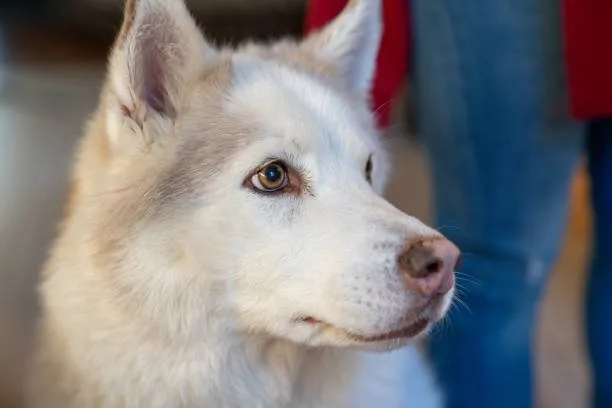
Nutritional Needs and Skull Development
Proper nutrition plays a crucial role in the development of a healthy Husky skull and jaw. A well-balanced diet rich in essential nutrients such as protein, calcium, phosphorus, and vitamins is vital for supporting optimal bone growth and overall skeletal development in Huskies.
These nutrients are particularly important during the puppy stage when the skull and jaw are rapidly forming and maturing.
Additionally, feeding a diet specifically formulated for large breeds can help ensure that the Husky’s skull develops appropriately, reducing the risk of skeletal abnormalities.
Adequate protein intake is essential for ensuring proper muscle development, which in turn supports the structural integrity of the skull and jaw. Moreover, a diet that promotes overall dental health can help maintain the strength of the Husky’s jaw and teeth.
- Protein: Essential for muscle development and overall skeletal health.
- Calcium and Phosphorus: Crucial for bone formation and density.
- Vitamins: Play a role in supporting various metabolic processes and overall health.
By focusing on providing a well-rounded and nutritious diet, Husky owners can contribute to the proper development of their pet’s skull and jaw, laying the foundation for a healthy and structurally sound skeletal system.
Understanding the correlation between nutritional needs and skull development is paramount in promoting the long-term well-being of Huskies.
To further enrich your understanding of Husky care, discover whether these spirited canines thrive best with companions or as lone wolves. Delve into this compelling topic by exploring "Husky Companionship Dynamics: Pairs vs. Solo Living."

Grooming Tips for the Husky's Head and Face
Husky grooming encompasses more than just brushing and bathing. It involves understanding the unique features of a Husky’s head and face, including the fur density and skull shape.
When grooming a Husky’s head and face, it’s essential to use a soft-bristled brush to gently remove loose hair and prevent matting. Due to the Husky’s double coat, regular but gentle brushing is necessary to maintain a healthy coat and minimize shedding.
When trimming around the head and face, it’s crucial to be cautious and use blunt-tipped scissors to avoid accidental injuries. Additionally, gentle cleaning around the eyes and ears should be part of the grooming routine to prevent potential infections.
Understanding the Husky skull shape plays a vital role in determining the appropriate grooming practices to ensure the dog’s head and face remain healthy and well-maintained.
On Quora about: Husky skull shape
By taking into account the fur density and skull shape, grooming the Husky’s head and face can be a safe and enjoyable experience for both the dog and the owner.
Mastering the grooming of your Husky's head and face isn’t just about looks; it's essential for their well-being and comfort. For insights into caring for a different kind of pet companion, discover how the social needs of hedgehogs can impact their happiness in our article, Understanding Hedgehog Loneliness and the Importance of Companionship.
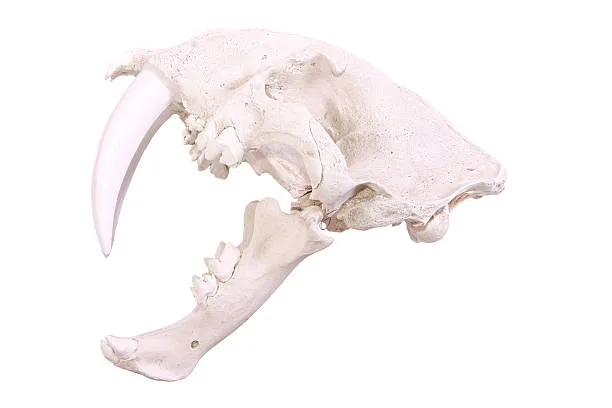
Understanding Facial Expressions
The unique skull shape of the Husky plays a significant role in shaping their facial expressions and communication cues. The Husky’s skull structure, including the width, cranial dome, and muzzle shape, directly impacts the way their facial muscles and fur align, influencing the range of expressions they can convey.
The width of the skull affects the distance between the eyes, which in turn affects the intensity and direction of their gaze, a key element in canine communication. Additionally, the muzzle shape influences the formation of different facial expressions, such as snarling, smiling, or lip licking, all of which are essential components of the Husky’s non-verbal communication. The unique cranial conformation of the Husky also influences the way their ears are positioned, further contributing to their communicative expressions.
These factors collectively showcase how the Husky’s skull shape not only affects their physical appearance but also their ability to convey emotions and intentions through facial expressions. Understanding these influences can help owners and caregivers better interpret their Husky’s behavior and respond appropriately to their needs..
Understanding the connection between a Husky's skull structure and its communicative expressions can enhance our interpretation of their behaviors and strengthen the bond between humans and canines. While Huskies communicate with subtlety, the needs of other species can be quite overt; learn how to create an ideal habitat for the expressive Bearded Dragon by visiting "Bearded Dragon Enclosure: Build the Perfect Home Now!".

The Impact of Skull Shape on Sensory Processing
The unique Husky skull shape plays a crucial role in influencing sensory processing, particularly in relation to their auditory and olfactory capabilities. The skull’s dimensions and muzzle shape directly impact the positioning and functioning of the sensory organs, affecting how Huskies perceive and interpret their environment.
The distinct skull structure can influence sound localization and reception, as well as the efficiency of scent detection, contributing to the breed’s keen sense of hearing and exceptional olfactory acuity. Additionally, the Husky’s skull shape can influence airflow patterns within the nasal cavity, potentially enhancing their ability to detect and process a wide range of scents.
Therefore, it is important for owners to understand how the Husky’s skull shape uniquely shapes their sensory abilities and to consider this when facilitating their sensory experiences. Husky skull shape is not just a physical attribute, but a fundamental element in how they perceive and engage with the world around them..
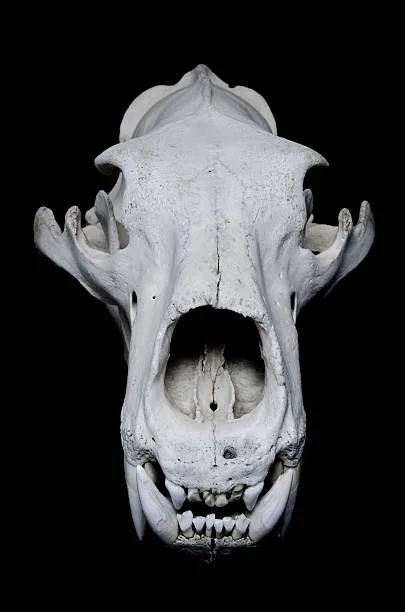
Husky Skull Shape and Genetic Disorders
Genetic disorders can significantly impact the **Husky skull shape**, leading to various health concerns for these majestic dogs. Certain genetic conditions, such as cranial malformations or skull abnormalities, can arise within the Husky breed, potentially affecting their overall well-being.
It’s crucial for **Husky** owners and breeders to be aware of these genetic disorders to effectively manage and address any associated complications. By understanding the potential genetic factors influencing **Husky skull shape**, responsible breeders and owners can take proactive measures to minimize the impact of these disorders on the health and quality of life of their **Huskies**.
Regular veterinary check-ups, genetic testing, and adherence to breed standards play an essential role in identifying, preventing, and managing genetic disorders related to **Husky skull shape**. Additionally, specialized care and treatment tailored to the needs of **Huskies** with these genetic conditions can contribute to ensuring their comfort and long-term health..
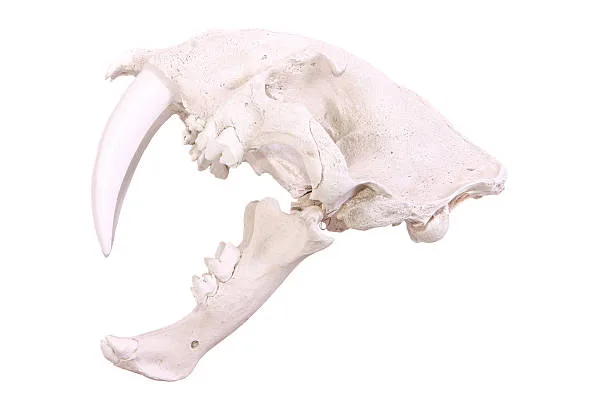
Best Practices for Husky Care and Headgear Selection
When caring for a Husky, it’s crucial to consider their unique skull shape when selecting and fitting headgear to ensure their comfort and overall wellbeing. Proper headgear selection plays a significant role in maintaining the Husky’s health and preventing potential discomfort or injury.
- Start by choosing collars and harnesses that are specifically designed to accommodate the width and shape of a Husky’s skull and neck.
This ensures a secure yet comfortable fit that doesn’t cause unnecessary strain on the dog’s neck or head.
- Regularly inspect the headgear to ensure that it’s not causing any rubbing or irritation on the Husky’s skin. This is particularly important for dogs with a thicker fur density around the neck and head, as it can exacerbate skin issues if not addressed promptly.
- Considering the Husky’s energetic nature, opt for headgear that can withstand their active lifestyle.
Look for durability and adjustability to ensure that the gear will stay in place during walks and outdoor activities without impeding the Husky’s movement.
By being mindful of the Husky’s skull shape and specific needs when selecting and caring for headgear, you can contribute to their overall comfort, health, and wellbeing.
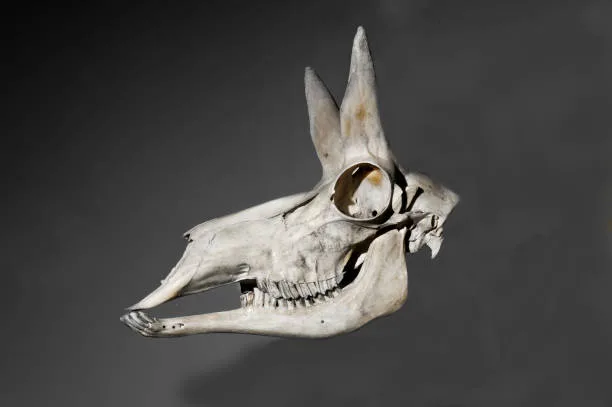
Exploring Variations in Canine Skull Anatomy
The skull anatomy of different dog breeds varies significantly, contributing to various breed-specific characteristics. The Siberian Husky stands out for its unique head structure when compared to brachycephalic (short-muzzled) and dolichocephalic (long-muzzled) breeds.
The Husky skull shape is distinct with its medium length, well-proportioned muzzle, and moderately wide cranial dome. These specific features align with the breed standards set for Huskies, emphasizing the importance of understanding and preserving the characteristic skull shape in accordance with breed guidelines.
Exploring these variations in canine skull morphology not only sheds light on the distinctiveness of the Husky’s head structure but also holds implications for the overall health and functionality of the breed. Understanding how the Husky skull shape compares to other breed types plays a crucial role in maintaining the breed’s unique characteristics and overall well-being..
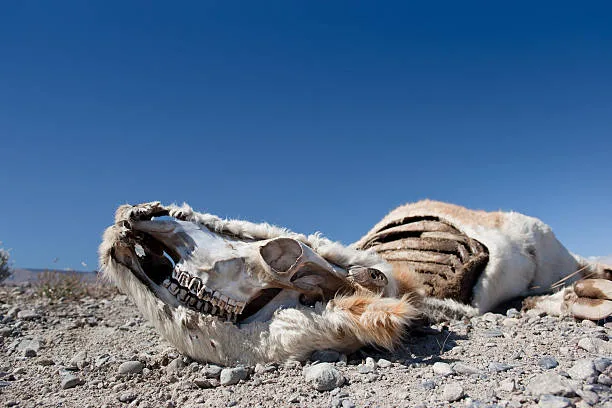
Understanding the Siberian Husky Cranial Conformation
The Siberian Husky cranial conformation is characterized by a medium-sized, proportionate skull with a slight dome shape. The skull dimensions typically exhibit a harmonious balance between width and length, contributing to the breed’s alert and expressive facial structure.
The muzzle shape is notably straight and of medium length, allowing for efficient airflow during strenuous activities like sledding. Additionally, the braincase anatomy complements the Husky’s intelligence and keen perception, as reflected in the breed standards’ emphasis on agility, endurance, and adaptability.
This cranial conformation aligns with the Siberian Husky’s breed characteristics, reinforcing their suitability for tasks that demand both physical prowess and mental acuity.
Overall, the Siberian Husky’s cranial conformation exemplifies a seamless integration of form and function, embodying the breed’s inherent traits and capabilities.
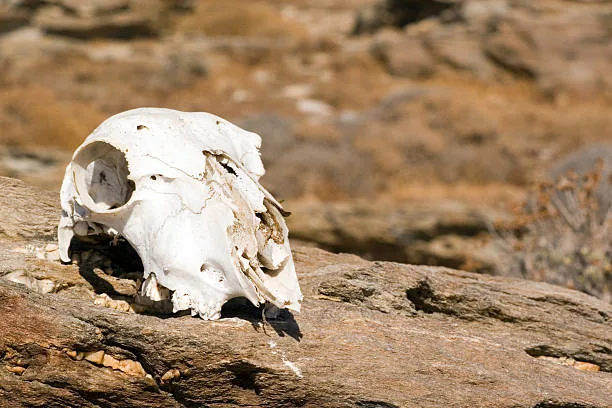
Canine Cephalic Index and Its Role in Husky Head Formation
The canine cephalic index plays a crucial role in understanding the formation of the Husky’s head. This index is a measurement that compares the width of the skull to the length, providing insights into the head shape of different dog breeds.
For Huskies, this index is particularly significant as it directly influences their facial features and skull development. The breed-specific head shape of Huskies, characterized by their medium proportions and well-furred, erect ears, is closely tied to the cephalic index.
Additionally, the correlation between the cephalic index and Husky skull health concerns highlights the importance of considering this factor in the overall care and well-being of these dogs. Understanding the cephalic index and its impact on Husky skull shape is essential for addressing potential health issues related to their unique head formation.
Canine Cephalic Index and Husky Head Formation:
- Definition and significance of the canine cephalic index
- Application of the index to Husky facial features and skull development
Importance of Breed-Specific Head Shape:
- Characteristics of the Husky’s breed-specific head shape
- Correlation between cephalic index and Husky skull health concerns

Comparative Analysis of Dog Breed Skull Types
The comparative analysis of dog breed skull types allows us to understand the unique characteristics of the Siberian Husky skull shape in comparison to other dog breeds. The skull size and shape of the Husky differ significantly from those of brachycephalic and dolichocephalic breeds.
The Husky’s skull exhibits a balanced proportion with a medium-length muzzle and a distinctive cranial dome, setting it apart from breeds with shorter or elongated skulls. The skeletal structure of the Husky’s skull is tailored to meet the functional and health needs of the breed.
Its well-developed braincase and moderate length of the muzzle support efficient sensory processing and respiratory functions, reflecting the breed’s heritage as a working sled dog in cold climates. The bone structure of the Husky’s skull contributes to its overall agility and endurance, making it well-suited for activities such as pulling sleds over long distances. Understanding these variations in skull types among different dog breeds is crucial for appreciating the Husky’s unique characteristics and health considerations.
By recognizing how the Husky’s skull size and shape differ from other breeds, we can better address the specific care needs and potential health implications associated with its distinctive skull structure..
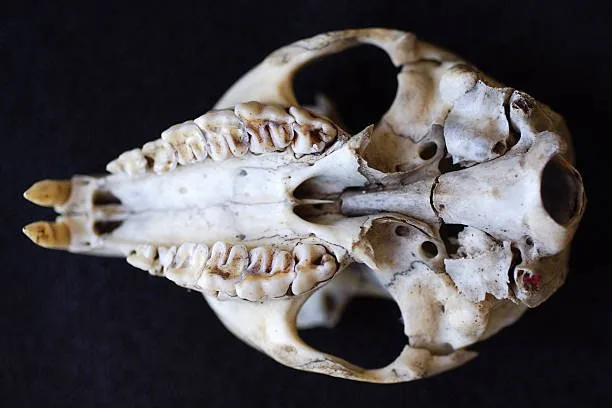
Breed-Specific Care for the Siberian Husky's Skull and Health
Breed-specific care for the Siberian Husky’s skull shape is crucial for maintaining their overall health and well-being. Understanding the unique characteristics of the Husky skull and how they differ from other dog breeds is essential for providing appropriate care.
This includes selecting headgear specifically designed to accommodate the Husky skull shape and prevent potential health issues associated with improper fitting. Additionally, skull-related health management, such as dental care and regular check-ups, should be tailored to address the distinct features of the Husky’s skull.
By prioritizing breed-specific care protocols, Husky owners can ensure the optimal comfort and health of their beloved pets.
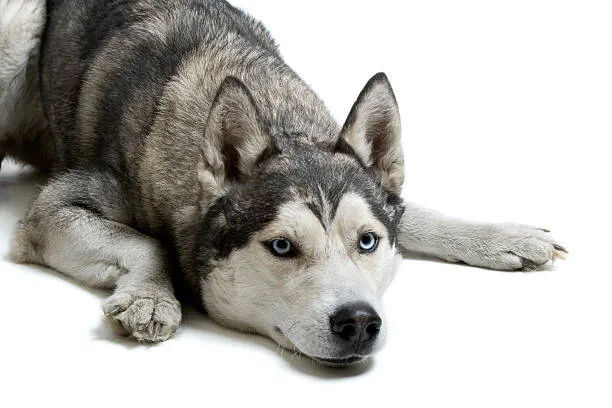
Conclusion: Ensuring Your Husky's Comfort and Health
Ensuring your Husky’s comfort and health is closely tied to understanding the unique attributes of the Husky skull shape. Proper fitting of headgear, such as collars and harnesses, is crucial for preventing discomfort and potential health issues related to the skull structure.
By prioritizing the specific needs dictated by the Husky skull shape, you can significantly enhance your dog’s overall well-being and ensure a higher quality of life. This understanding also extends to grooming practices and dental care, where considerations for the Husky skull shape significantly impact the effectiveness of these routines.
It’s important to keep in mind that attending to your Husky’s comfort and health goes beyond routine care; it requires attentiveness to their distinct skull shape to truly provide the best care..

Leave a Reply